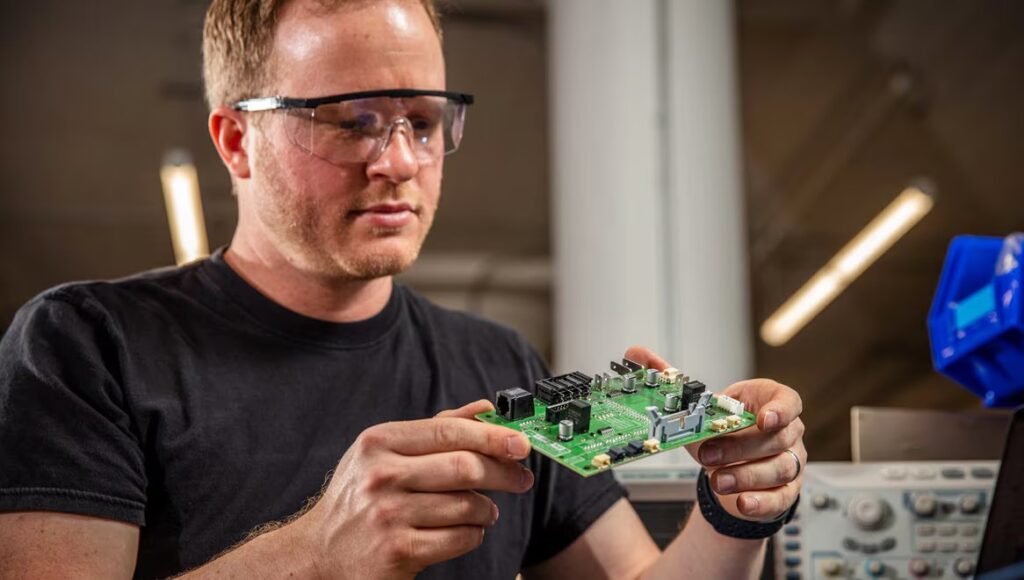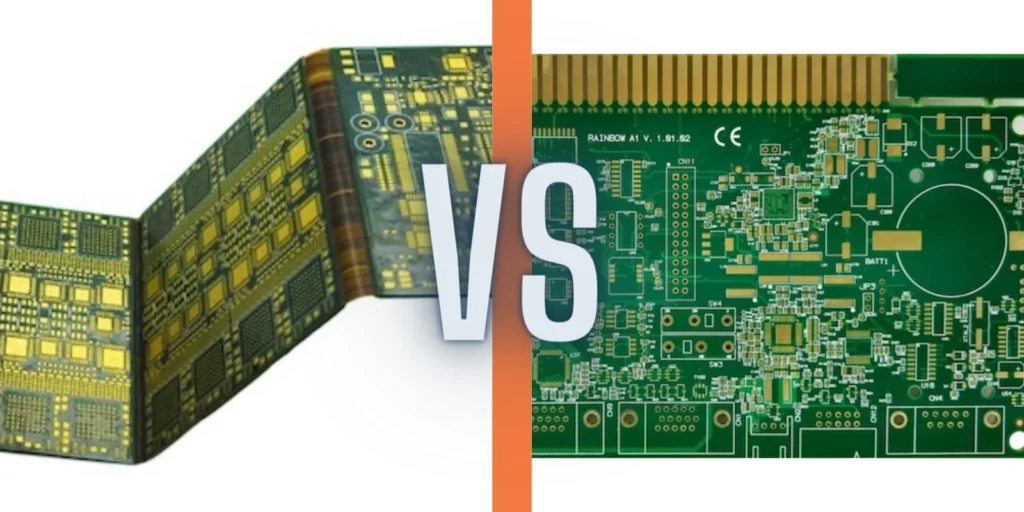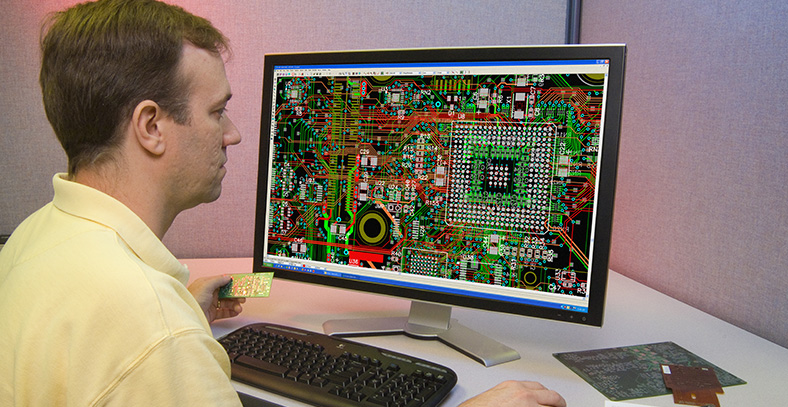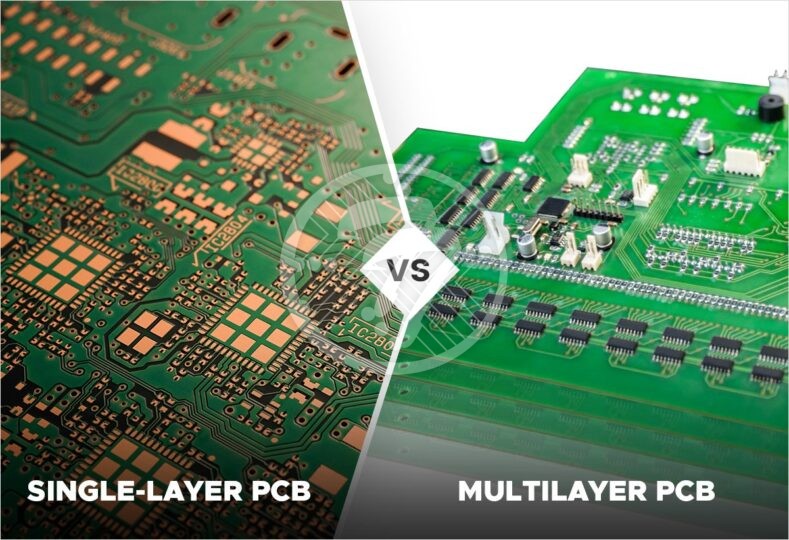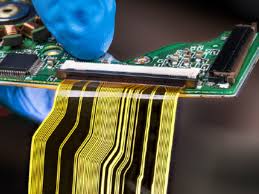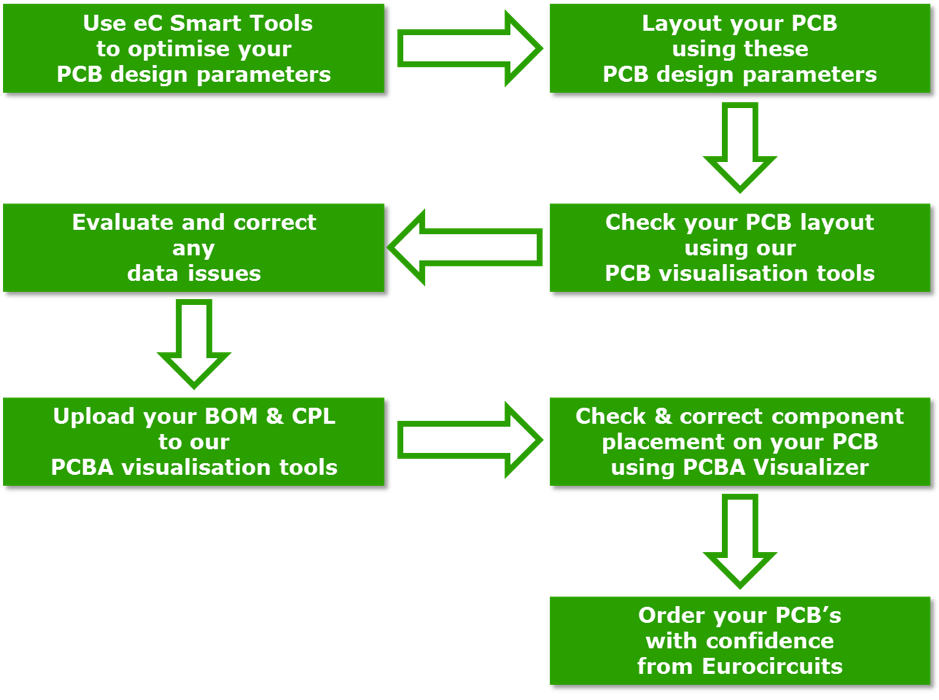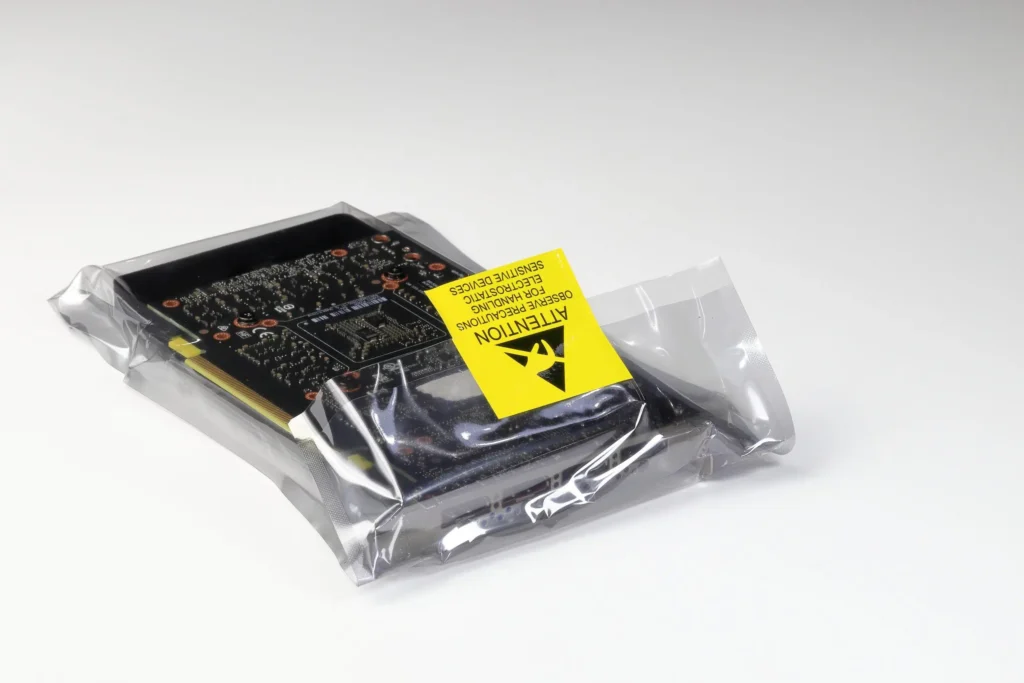In the PCB manufacturing process, surface treatment technology is particularly critical, among which gold deposition and tin deposition are two common processing methods, each with unique advantages and application scenarios. Today, we will delve into the roles and values of these two processes.
The PCB gold deposition process involves immersing the circuit board in a chemical solution containing gold ions, which are then reduced to metal through electrochemical reactions and deposited on the surface of the circuit board, forming a uniform metal film. A very thin layer of oxide will also form on this metal film, which can effectively prevent metal corrosion and improve the corrosion resistance of the circuit board.
The main function of PCB immersion gold process is to improve soldering performance: The immersion gold process deposits a thin layer of gold on the surface of the PCB copper foil, which provides good soldering performance and ensures the firmness and reliability of the soldering points. This is crucial for high-quality soldering of electronic products. 2. Enhance corrosion resistance: The chemical nickel layer in the gold deposition process can effectively prevent copper substrates from oxidizing in humid environments, while the gold layer provides additional protection, allowing the PCB to withstand more harsh environmental conditions and extend the product’s service life. 3. Optimize conductivity: The gold layer provides excellent conductivity, ensuring the transmission quality of circuit signals, which is crucial for the stability and performance of electronic products. 4. Improve appearance quality: The immersion gold process provides a uniform and flat surface, which is beneficial for subsequent welding and surface mounting processes, and improves the overall appearance and assembly quality of the product. At the same time, the gold-plated board has bright colors and good color, which is particularly important for products with high appearance requirements.
The PCB tin deposition process is to deposit tin on the copper surface of the PCB, forming a uniform and dense layer of tin. This process includes pre-treatment, immersion in tin ion containing solution to reduce tin, cleaning and drying, etc., and requires strict control of solution temperature, concentration, and pH value.
The main function of PCB tin deposition process is to protect copper circuits: 1.The tin deposition process forms a layer of tin on the surface of copper circuits, protecting them from oxidation and corrosion, thereby extending the service life of the circuit board. 2. Improve welding quality: The tin layer provides good welding conditions, making the solder joints more solid and reliable, thereby improving the performance and reliability of the circuit board. 3. Improving electrical performance: Tin layers can enhance the electrical performance of circuit boards, such as reducing resistance, increasing capacitance and inductance, which helps to improve the efficient operation of circuits. 4. Improve wear resistance: The tin layer has good wear resistance and can effectively protect the circuit board from external environmental influences.
The PCB gold deposition process and tin deposition process each have their unique advantages and application scenarios. The immersion gold process has become an indispensable part of high-end electronic product manufacturing due to its excellent welding performance, corrosion resistance, and conductivity; The tin deposition process occupies a place in cost sensitive and environmentally friendly fields due to its low cost, easy operation, and good welding quality.




